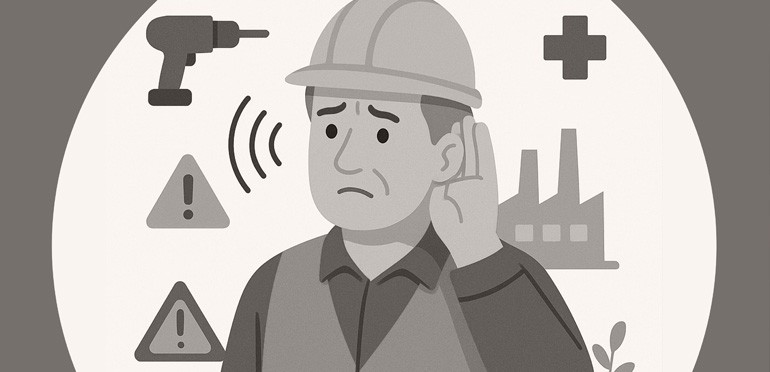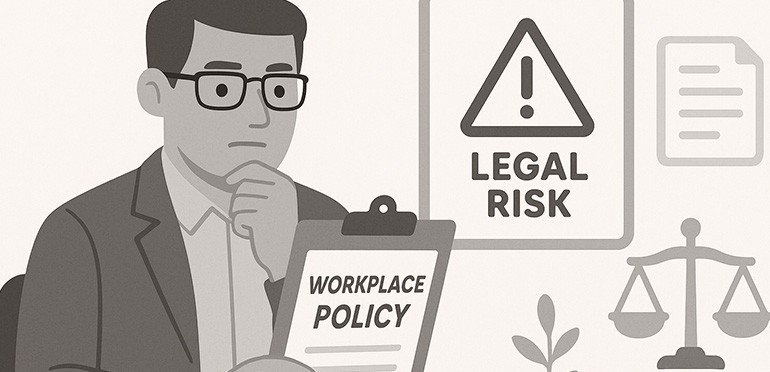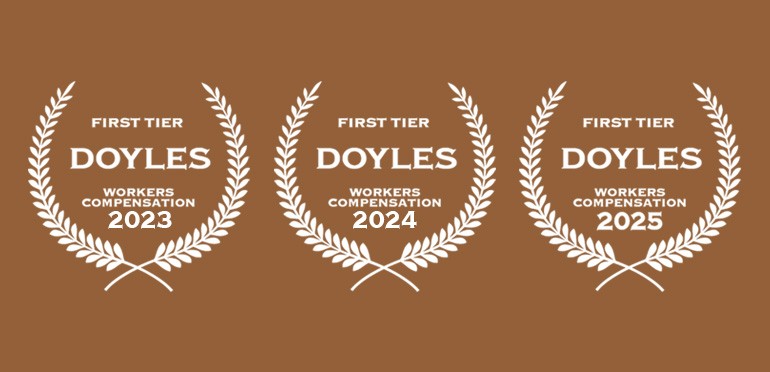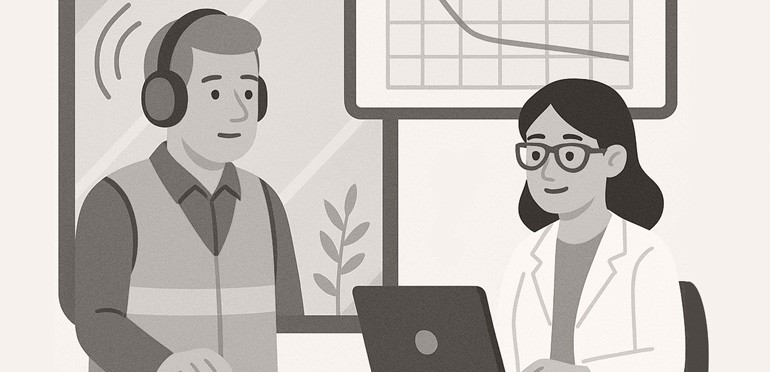Noise-induced hearing loss (NIHL) is a significant occupational hazard, particularly in industries where employees are exposed to high
levels of noise. The case of Keith Ludlow v Return to Work Corporation of South Australia [2025] SAET 83 provides
valuable insights into the complexities of these claims and highlights the importance of thorough investigation.
Mr Ludlow, a former maintenance officer and supervisor at Uniting SA, claimed compensation for NIHL and tinnitus, alleging that these
conditions were caused by his employment. Despite his assertions and the expert evidence presented, the South Australian Employment Tribunal
ultimately upheld the Corporation's rejection of his claim.
Key findings in Ludlow Included:
-
Exposure to Noise: Mr Ludlow's work involved using various noisy tools and equipment, such as hammer drills, angle
grinders, and circular saws. However, the evidence indicated that his exposure to noise was intermittent and often mitigated by the use of
hearing protection.
-
Expert Opinions: The matter featured conflicting expert opinions. Dr. Raj supported Mr Ludlow's claim, suggesting that
his hearing loss was noise-induced. In contrast, Dr. Hains and Mr. Dewing's assessments indicated that the noise levels Mr Ludlow was
exposed to were insufficient to cause significant hearing loss.
-
Progression of Hearing Loss: The progression of Mr Ludlow's hearing loss was atypical for NIHL, leading to doubts about
the work-related nature of his condition.
When Considering Claims for NIHL:
-
Importance of Accurate Records: Employers should endeavour to maintain detailed records of noise levels in the workplace
and the use of hearing protection. This documentation can be crucial in defending against NIHL claims.
-
Regular Hearing Tests: Conducting regular audiograms for employees can help track changes in hearing and identify
potential issues early. This proactive approach can also provide evidence in case of disputes.
-
Thorough Investigations: When faced with NIHL claims, employers should conduct comprehensive investigations, including
noise level assessments and reviews of employees' work histories. Engaging independent experts can provide objective evaluations and
strengthen the employer's position.
-
Employee Education and Training: Educating employees about the risks of noise exposure and the proper use of hearing
protection is essential. Regular training sessions can reinforce the importance of these measures and ensure compliance.
Takeaway Messages for Employers:
-
Consistency in Noise Exposure: The matter highlighted the importance of understanding the consistency and duration of
noise exposure. Intermittent exposure, even to high levels of noise, may not be sufficient to cause NIHL if proper hearing protection is
used.
-
Expert Evidence: The role of expert evidence is crucial in NIHL claims. Conflicting opinions can significantly impact
the outcome, and the credibility of the experts can be a deciding factor.
- Legal Presumptions: Understanding the legal presumptions and how they apply to NIHL claims is essential.
-
Documentation and Evidence: Employers must ensure that they have comprehensive documentation and evidence in support of
their position. This includes records of noise levels, hearing protection usage, as well as serial hearing tests.
This matter highlights the complexities of NIHL claims and the critical role of thorough investigations. Employers must be diligent in
maintaining accurate records and educating employees to mitigate the risks and defend against potential claims effectively.



